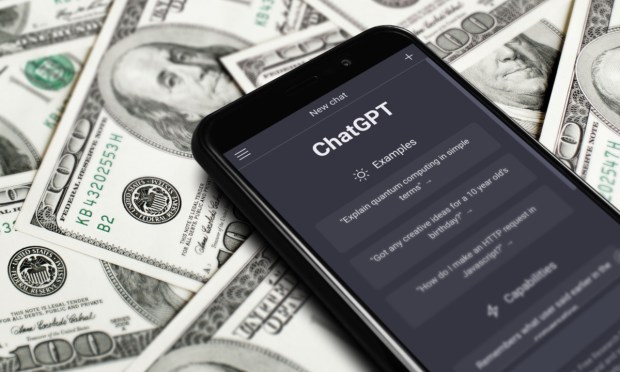
There exists one thing that generative artificial intelligence (AI), for all its advances, hasn’t changed.
And that’s the fact that software products, no matter their capabilities, need to make money. Even — or especially — AI ones.
This, as OpenAI’s GPT new store full of custom, user-built AI chatbots arrived Wednesday (Jan. 10).
The company also debuted ChatGPT Team — a pared down version of OpenAI’s Enterprise AI offering — which is designed for smaller businesses with fewer than 150 users.
The two launches come more than year since the generative AI pioneer first introduced ChatGPT, and while the GPT store and small business offerings represent two new potential revenue pillars for OpenAI, the marketplace climate they face is vastly different one than OpenAI encountered when first launching ChatGPT.
That’s because the 2024 AI landscape is an increasingly crowded one, with some of the world’s most valuable businesses jockeying for pole position. OpenAI’s announcements represent the latest push in its efforts to evolve its offerings and stay ahead of AI rivals like Google, Meta and Anthropic.
In order to compete, OpenAI is hoping to create a business model similar to the Apple App Store, which helped catapult Apple above its competitors to the top position among the world’s most valuable businesses.
Read also: Who Will Power the GenAI Operating System?
Apple’s success with the App Store is attributed to factors such as a curated marketplace, developer support, revenue sharing and a robust ecosystem.
OpenAI’s GPT Store offers a low-to-no-code platform for users to build their own customized AI-powered chatbots, and the company stated in a blog post that its users have already created over 3 million custom versions of ChatGPT.
A key element of the GPT store, just like the App Store, is the “leaderboard” it will use to feature the most popular and utilized GPTs.
Already, the AI developer is featuring GPTs that include personalized hiking trail recommendations from AllTrails, the ability to surface results from 200 million academic papers via Consensus, a way to design presentations and social posts from Canva, and more.
The GPT Store is not available to non-paying users of OpenAI’s products, only to its pro-level subscribers.
As PYMNTS CEO Karen Webster wrote, for an app store to ignite, it needs the same thing the Apple and Google Play app stores needed in 2008: a critical mass of developers and users. OpenAI claims to have a lot of both, with 100 million weekly users after only its first year and hundreds (if not thousands) of developers using GPT and its derivatives to create new apps that would ultimately live in a GPT app store.
Next up is developing a revenue sharing model for the GPT store, which OpenAI says it will launch in Q1 for U.S. users. With a revenue sharing model comes the need to set up a secure and efficient payment processing system that can support various payment methods and ensure that developers receive their earnings promptly.
Read more: Tokens, Characters and Usage Fees: Decoding the AI Price War
ChatGPT Team customers will have access to a private section of the GPT Store, which includes GPTs securely published to their workspace, and OpenAI is charging businesses $25 per month per user when they sign up for an annual plan, or $30 per month per user when paid monthly.
The high cost of AI, driven primarily by the computing power an AI model requires, is an uncomfortable reality that businesses need to adapt to in order to remain competitive. It remains to be seen whether a subscription model — versus a use-based one — is the right way for AI firms to profitably bring their products to market.
Observers have also raised security concerns around OpenAI’s GPT ambitions, noting that the chatbots can regurgitate their own training information, allowing them to be copied.
“As a quick PSA for people building GPTs: ‘All of the information made available to a GPT, including the prompt, instructions, and attached files, may be used by the model to construct a response to the user. Don’t include information you do not want the user to know,’” OpenAI’s Head of Developer Relations Logan Kilpatrick wrote in a post on X, formerly known as Twitter.